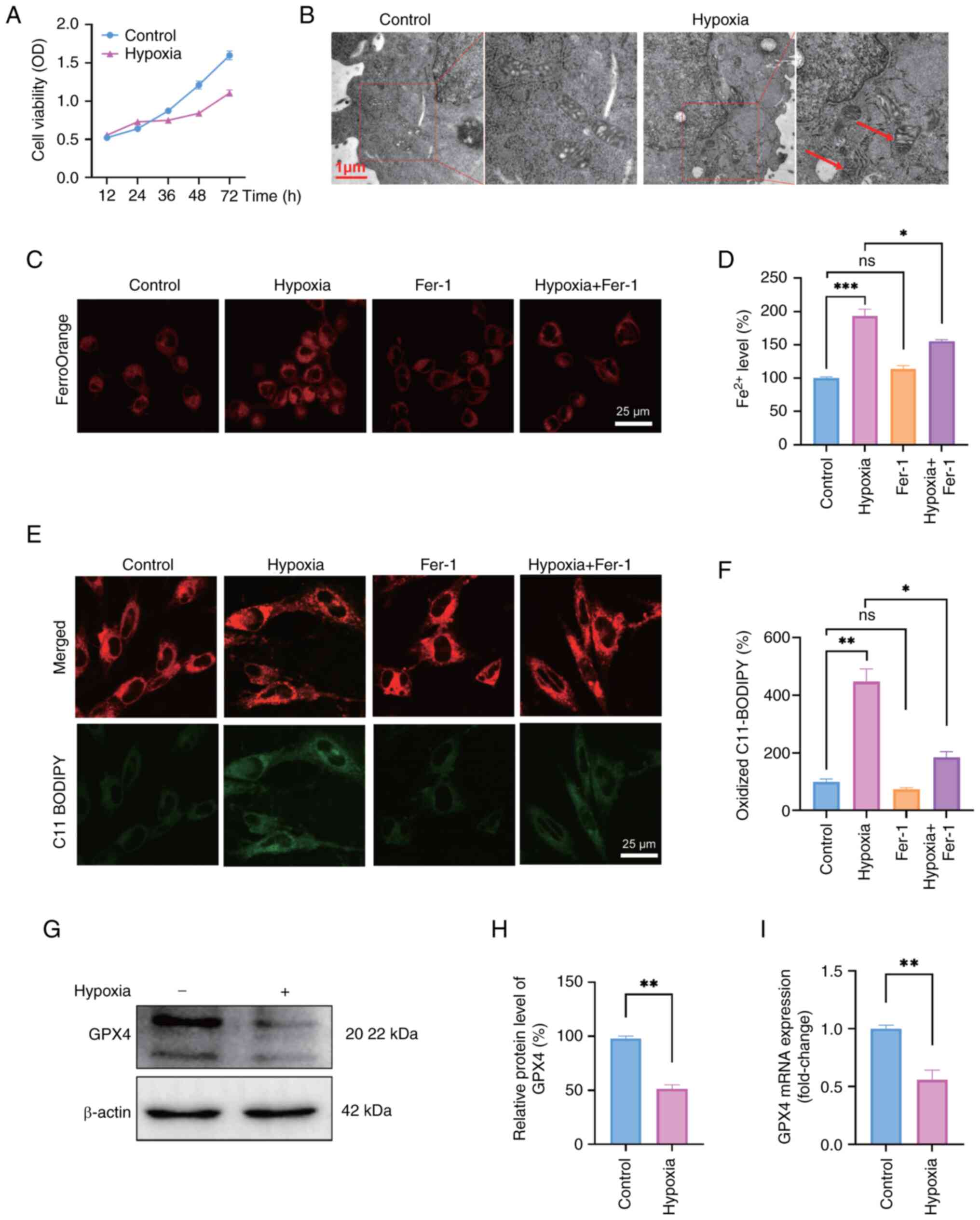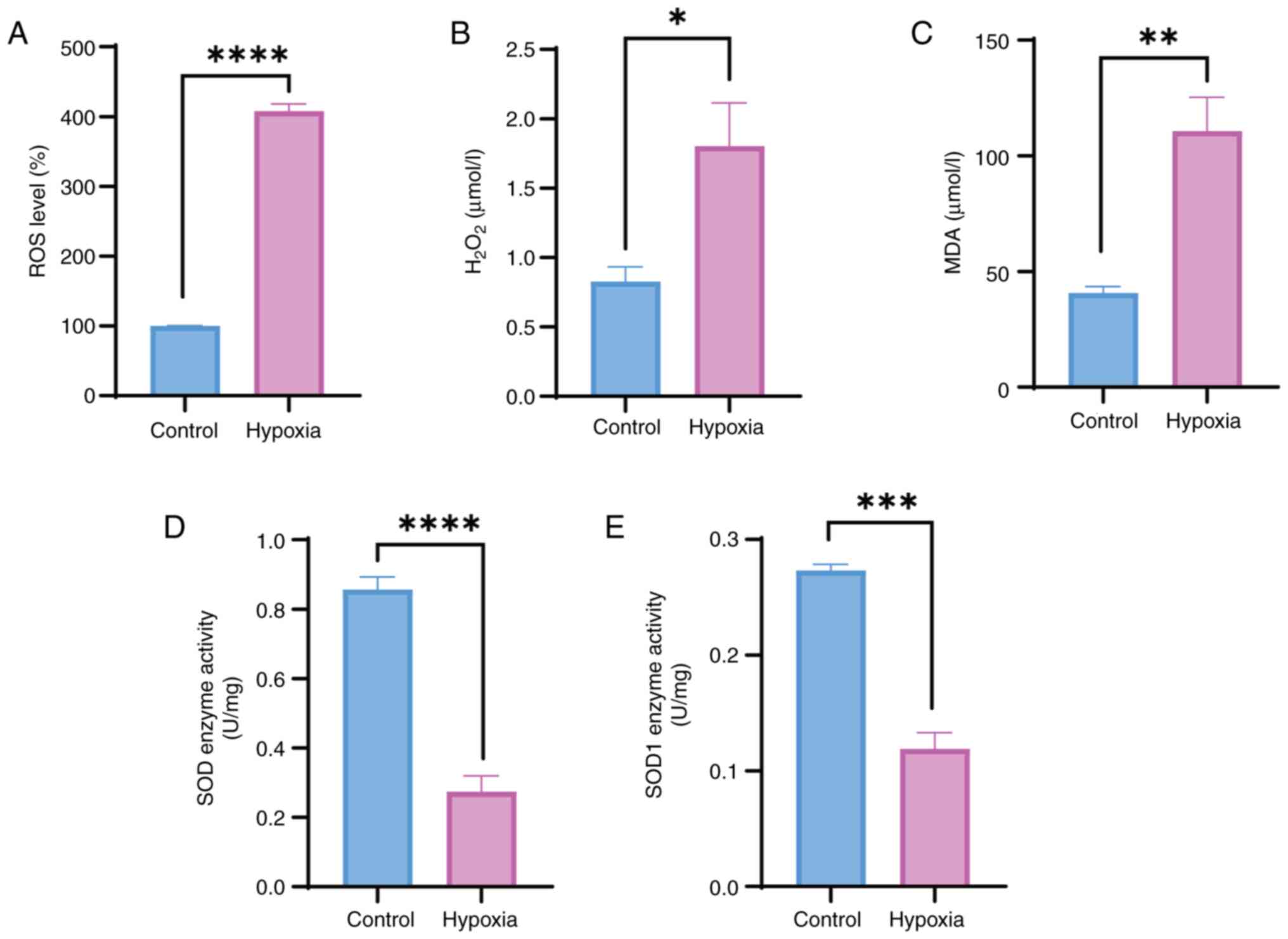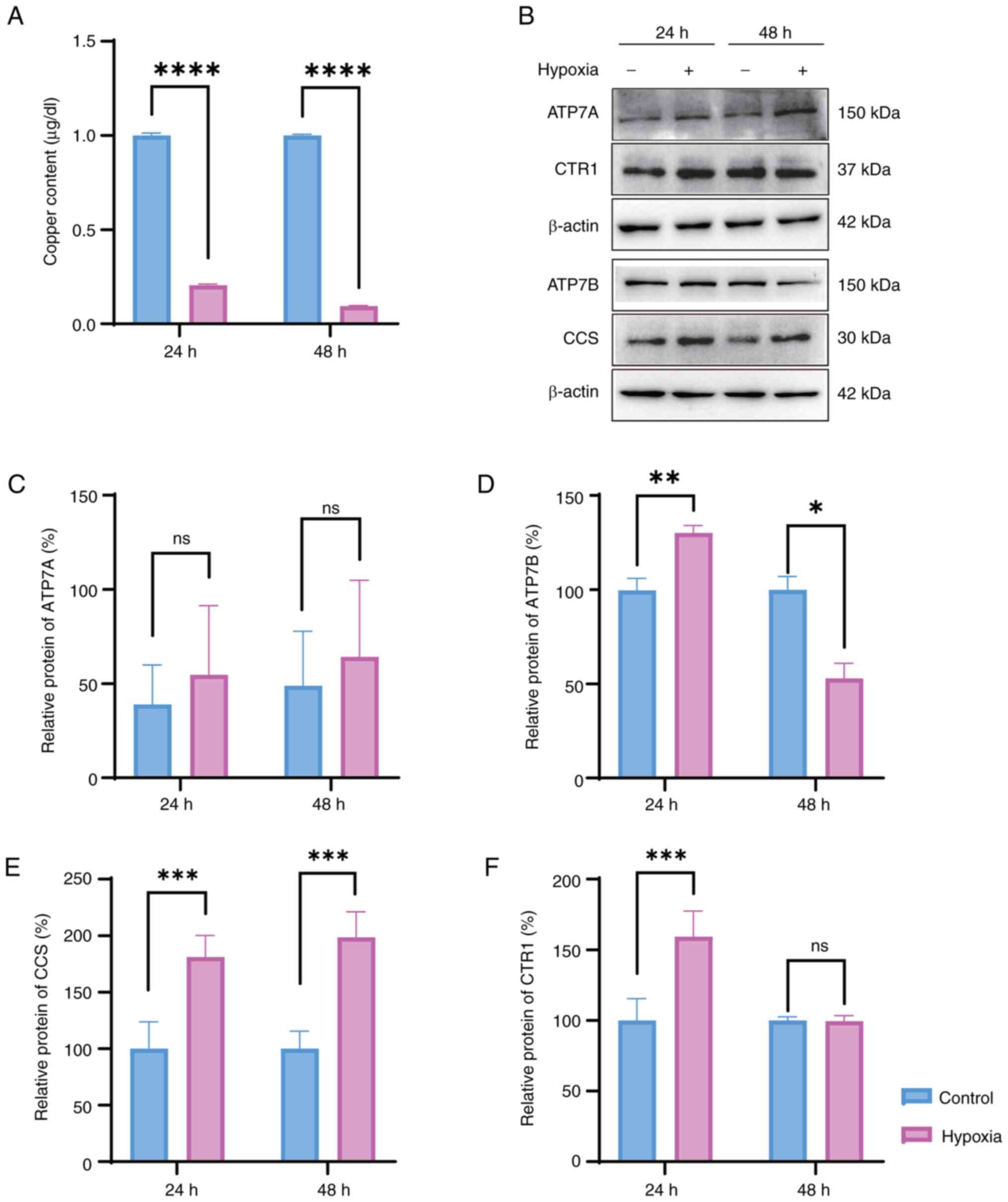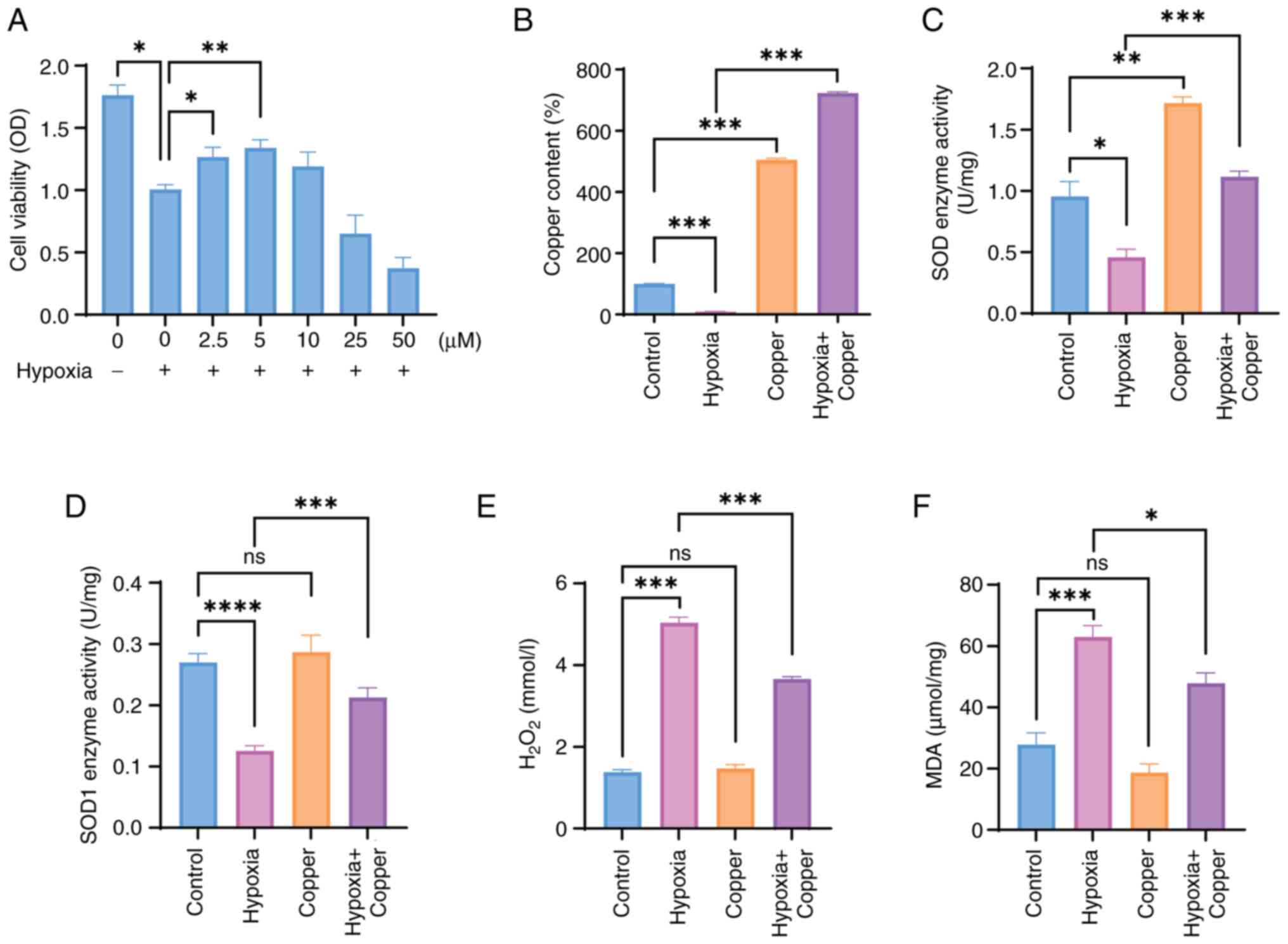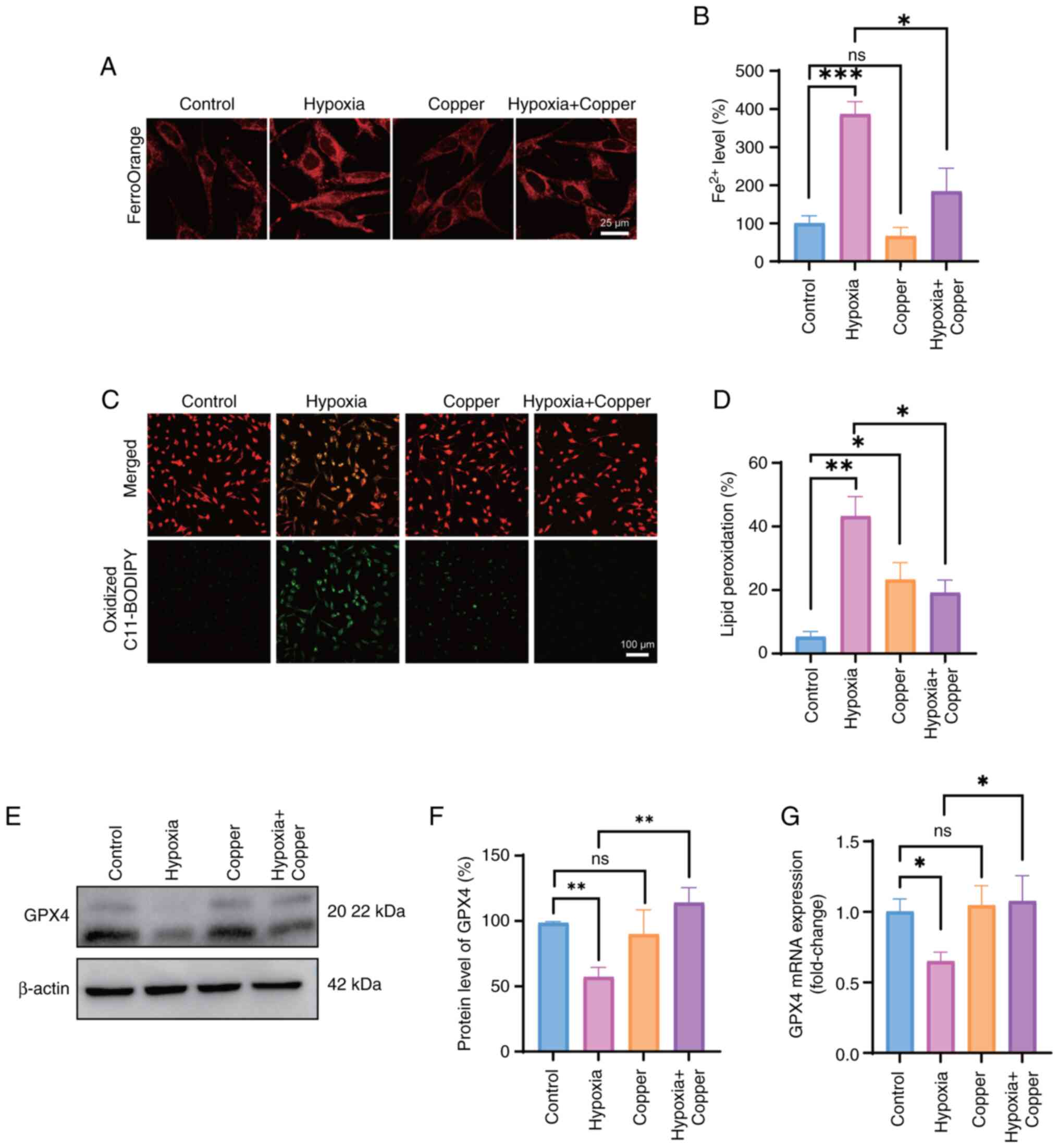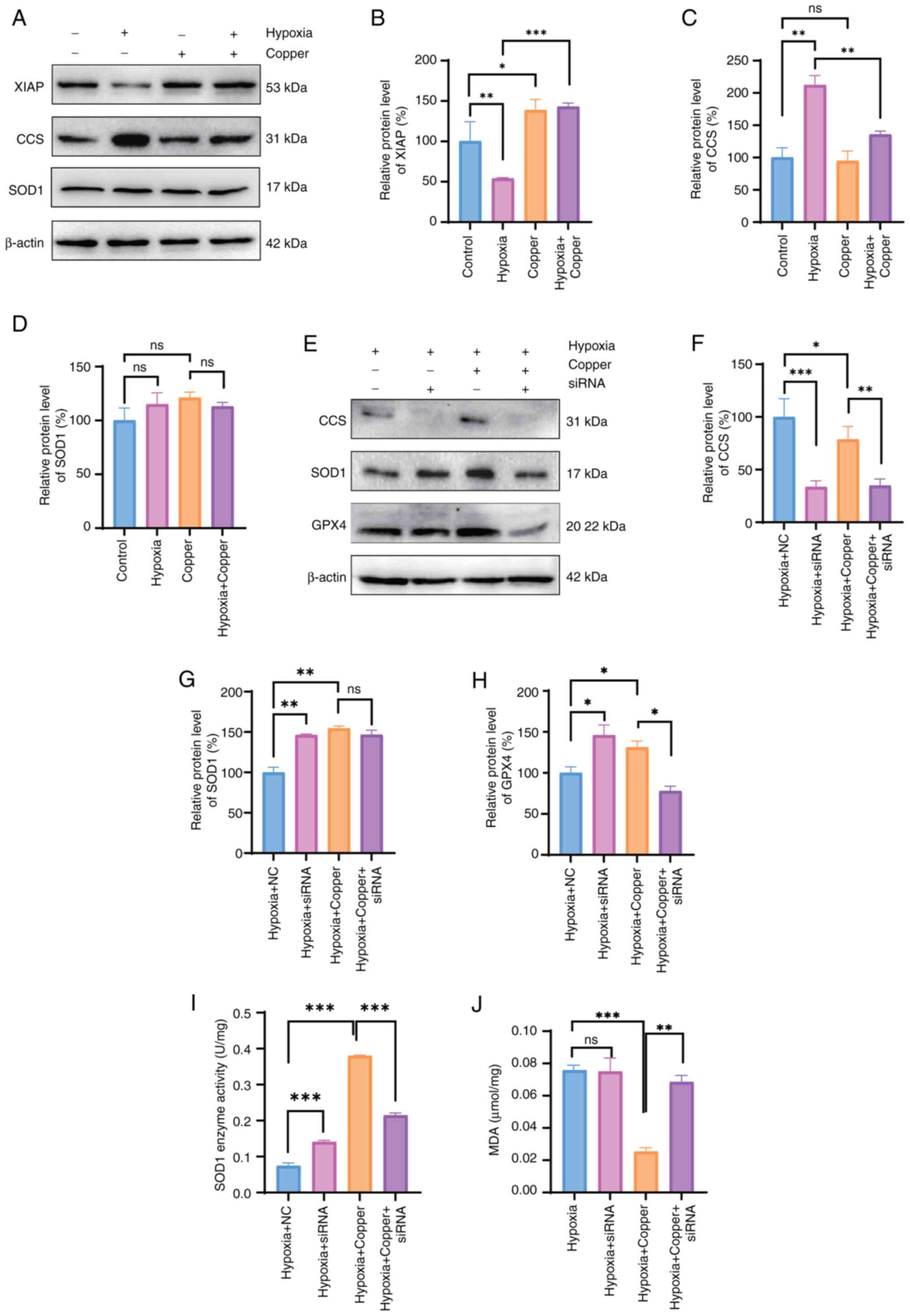|
1
|
Douglas-Escobar M and Weiss MD:
Hypoxic-ischemic encephalopathy: A review for the clinician. JAMA
Pediatr. 169:397–403. 2015. View Article : Google Scholar : PubMed/NCBI
|
|
2
|
Ahearne CE, Boylan GB and Murray DM: Short
and long term prognosis in perinatal asphyxia: An update. World J
Clin Pediatr. 5:67–74. 2016. View Article : Google Scholar : PubMed/NCBI
|
|
3
|
Whitelaw A and Thoresen M: Therapeutic
hypothermia for hypoxic-ischemic brain injury is more effective in
newborn infants than in older patients: Review and hypotheses. Ther
Hypothermia Temp Manag. 13:170–174. 2023. View Article : Google Scholar : PubMed/NCBI
|
|
4
|
Golubnitschaja O, Yeghiazaryan K, Cebioglu
M, Morelli M and Herrera-Marschitz M: Birth asphyxia as the major
complication in newborns: Moving towards improved individual
outcomes by prediction, targeted prevention and tailored medical
care. EPMA J. 2:197–210. 2011. View Article : Google Scholar : PubMed/NCBI
|
|
5
|
Arumugam TV, Baik SH, Balaganapathy P,
Sobey CG, Mattson MP and Jo DG: Notch signaling and neuronal death
in stroke. Prog Neurobiol. 165-167:103–116. 2018. View Article : Google Scholar : PubMed/NCBI
|
|
6
|
Ji X, Zhou Y, Gao Q, He H, Wu Z, Feng B,
Mei Y, Cheng Y, Zhou W, Chen Y and Xiong M: Functional
reconstruction of the basal ganglia neural circuit by human
striatal neurons in hypoxic-ischaemic injured brain. Brain.
146:612–628. 2023. View Article : Google Scholar
|
|
7
|
Akyuva Y and Nazıroğlu M: Resveratrol
attenuates hypoxia-induced neuronal cell death, inflammation and
mitochondrial oxidative stress by modulation of TRPM2 channel. Sci
Rep. 10:64492020. View Article : Google Scholar : PubMed/NCBI
|
|
8
|
Lin W, Zhang T, Zheng J, Zhou Y, Lin Z and
Fu X: Ferroptosis is involved in hypoxic-ischemic brain damage in
neonatal rats. Neuroscience. 487:131–142. 2022. View Article : Google Scholar : PubMed/NCBI
|
|
9
|
Oorschot DE, Sizemore RJ and Amer AR:
Treatment of neonatal hypoxic-ischemic encephalopathy with
erythropoietin alone, and erythropoietin combined with hypothermia:
History, current status, and future research. Int J Mol Sci.
21:14872020. View Article : Google Scholar : PubMed/NCBI
|
|
10
|
Davies KM, Hare DJ, Cottam V, Chen N,
Hilgers L, Halliday G, Mercer JFB and Double KL: Localization of
copper and copper transporters in the human brain. Metallomics.
5:43–51. 2013. View Article : Google Scholar
|
|
11
|
Scheiber IF, Mercer JFB and Dringen R:
Metabolism and functions of copper in brain. Prog Neurobiol.
116:33–57. 2014. View Article : Google Scholar : PubMed/NCBI
|
|
12
|
Alemany S, Vilor-Tejedor N, Bustamante M,
Álvarez-Pedrerol M, Rivas I, Forns J, Querol X, Pujol J and Sunyer
J: Interaction between airborne copper exposure and ATP7B
polymorphisms on inattentiveness in scholar children. Int J Hyg
Environ Health. 220:51–56. 2017. View Article : Google Scholar
|
|
13
|
Zhang J, Cao J, Zhang H, Jiang C, Lin T,
Zhou Z, Song Y, Li Y, Liu C, Liu L, et al: Plasma copper and the
risk of first stroke in hypertensive patients: A nested
case-control study. Am J Clin Nutr. 110:212–220. 2019. View Article : Google Scholar : PubMed/NCBI
|
|
14
|
Zhang M, Li W, Wang Y, Wang T, Ma M and
Tian C: Association between the change of serum copper and ischemic
stroke: A systematic review and meta-analysis. J Mol Neurosci.
70:475–480. 2020. View Article : Google Scholar
|
|
15
|
Gromadzka G, Tarnacka B, Flaga A and
Adamczyk A: Copper dyshomeostasis in neurodegenerative
diseases-therapeutic implications. Int J Mol Sci. 21:212392592020.
View Article : Google Scholar
|
|
16
|
Yang S, Li X, Yan J, Jiang F, Fan X, Jin
J, Zhang W, Zhong D and Li G: Disulfiram downregulates ferredoxin 1
to maintain copper homeostasis and inhibit inflammation in cerebral
ischemia/reperfusion injury. Sci Rep. 14:151752024. View Article : Google Scholar : PubMed/NCBI
|
|
17
|
Sun X, Zhang X, Yan H, Wu H, Cao S, Zhao
W, Dong T and Zhou A: Protective effect of curcumin on
hepatolenticular degeneration through copper excretion and
inhibition of ferroptosis. Phytomedicine. 113:1545392022.
View Article : Google Scholar
|
|
18
|
Li F, Wu X, Liu H, Liu M, Yue Z, Wu Z, Liu
L and Li F: Copper depletion strongly enhances ferroptosis via
mitochondrial perturbation and reduction in antioxidative
mechanisms. Antioxidants (Basel). 11:20842022. View Article : Google Scholar : PubMed/NCBI
|
|
19
|
Guan R, Yang C, Zhang J, Wang J, Chen R
and Su P: Dehydroepiandrosterone alleviates hypoxia-induced
learning and memory dysfunction by maintaining synaptic
homeostasis. CNS Neurosci Ther. 28:1339–1350. 2022. View Article : Google Scholar : PubMed/NCBI
|
|
20
|
Livak KJ and Schmittgen TD: Analysis of
relative gene expression data using real-time quantitative PCR and
the 2(−Delta Delta C(T)) method. Methods. 25:402–408. 2001.
View Article : Google Scholar
|
|
21
|
Yang WS, SriRamaratnam R, Welsch ME,
Shimada K, Skouta R, Viswanathan VS, Cheah JH, Clemons PA, Shamji
AF, Clish CB, et al: Regulation of ferroptotic cancer cell death by
GPX4. Cell. 156:317–331. 2014. View Article : Google Scholar : PubMed/NCBI
|
|
22
|
Zhu K, Zhu X, Liu S, Yu J, Wu S and Hei M:
Glycyrrhizin attenuates hypoxic-ischemic brain damage by inhibiting
ferroptosis and neuroinflammation in neonatal rats via the
HMGB1/GPX4 pathway. Oxid Med Cell Longev. 2022:84385282022.
View Article : Google Scholar : PubMed/NCBI
|
|
23
|
Bakkar N, Starr A, Rabichow BE, Lorenzini
I, McEachin ZT, Kraft R, Chaung M, Macklin-Isquierdo S, Wingfield
T, Carhart B, et al: The M1311V variant of ATP7A is associated with
impaired trafficking and copper homeostasis in models of motor
neuron disease. Neurobiol Dis. 149:1052282021. View Article : Google Scholar
|
|
24
|
Huuskonen MT, Tuo QZ, Loppi S, Dhungana H,
Korhonen P, McInnes LE, Donnelly PS, Grubman A, Wojciechowski S,
Lejavova K, et al: The Copper bis(thiosemicarbazone) complex
CuII(atsm) is protective against cerebral ischemia
through modulation of the inflammatory milieu. Neurotherapeutics.
14:519–532. 2017. View Article : Google Scholar : PubMed/NCBI
|
|
25
|
Nikseresht S, Hilton JBW, Kysenius K,
Liddell JR and Crouch PJ: Copper-ATSM as a treatment for ALS:
Support from mutant SOD1 models and beyond. Life (Basel).
10:2712020.PubMed/NCBI
|
|
26
|
Chen L, Min J and Wang F: Copper
homeostasis and cuproptosis in health and disease. Signal Transduct
Target Ther. 7:3782022. View Article : Google Scholar : PubMed/NCBI
|
|
27
|
Batzios S, Tal G, DiStasio AT, Peng Y,
Charalambous C, Nicolaides P, Kamsteeg EJ, Korman SH, Mandel H,
Steinbach PJ, et al: Newly identified disorder of copper metabolism
caused by variants in CTR1, a high-affinity copper transporter. Hum
Mol Genet. 31:4121–4130. 2022. View Article : Google Scholar : PubMed/NCBI
|
|
28
|
Dong X, Zhang Z, Zhao J, Lei J, Chen Y, Li
X, Chen H, Tian J, Zhang D and Liu C and Liu C: The rational design
of specific SOD1 inhibitors via copper coordination and their
application in ROS signaling research. Chem Sci. 7:6251–6262. 2016.
View Article : Google Scholar : PubMed/NCBI
|
|
29
|
Fischer LR, Igoudjil A, Magrané J, Li Y,
Hansen JM, Manfredi G and Glass JD: SOD1 targeted to the
mitochondrial intermembrane space prevents motor neuropathy in the
Sod1 knockout mouse. Brain. 134:196–209. 2011. View Article : Google Scholar
|
|
30
|
Meyer C, Rao NS, Vasanthi SS, Pereira B,
Gage M, Putra M, Holtkamp C, Huss J and Thippeswamy T: Peripheral
and central effects of NADPH oxidase inhibitor, mitoapocynin, in a
rat model of diisopropylfluorophosphate (DFP) toxicity. Front Cell
Neurosci. 17:11958432023. View Article : Google Scholar : PubMed/NCBI
|
|
31
|
Borgstahl GEO and Oberley-Deegan RE:
Superoxide dismutases (SODs) and SOD mimetics. Antioxidants
(Basel). 7:1562018. View Article : Google Scholar : PubMed/NCBI
|
|
32
|
Tang D, Chen X, Kang R and Kroemer G:
Ferroptosis: Molecular mechanisms and health implications. Cell
Res. 31:107–125. 2021. View Article : Google Scholar :
|
|
33
|
Jiang X, Stockwell BR and Conrad M:
Ferroptosis: Mechanisms, biology and role in disease. Nat Rev Mol
Cell Biol. 22:266–282. 2021. View Article : Google Scholar : PubMed/NCBI
|
|
34
|
Doll S, Freitas FP, Shah R, Aldrovandi M,
da Silva MC, Ingold I, Goya Grocin A, Xavier da Silva TN, Panzilius
E, Scheel CH, et al: FSP1 is a glutathione-independent ferroptosis
suppressor. Nature. 575:693–698. 2019. View Article : Google Scholar : PubMed/NCBI
|
|
35
|
Mezzaroba L, Alfieri DF, Colado Simão AN
and Vissoci Reiche EM: The role of zinc, copper, manganese and iron
in neurodegenerative diseases. Neurotoxicology. 74:230–241. 2019.
View Article : Google Scholar : PubMed/NCBI
|
|
36
|
Wang L, Ge Y and Kang YJ: Featured
article: Effect of copper on nuclear translocation of copper
chaperone for superoxide dismutase-1. Exp Biol Med (Maywood).
241:1483–1488. 2016. View Article : Google Scholar : PubMed/NCBI
|
|
37
|
Brady GF, Galbán S, Liu X, Basrur V,
Gitlin JD, Elenitoba-Johnson KSJ, Wilson TE and Duckett CS:
Regulation of the copper chaperone CCS by XIAP-mediated
ubiquitination. Mol Cell Biol. 30:1923–1936. 2010. View Article : Google Scholar : PubMed/NCBI
|
|
38
|
Schmidt PJ, Kunst C and Culotta VC: Copper
activation of superoxide dismutase 1 (SOD1) in vivo. Role for
protein-protein interactions with the copper chaperone for SOD1. J
Biol Chem. 275:33771–33776. 2000. View Article : Google Scholar : PubMed/NCBI
|
|
39
|
Wong PC, Waggoner D, Subramaniam JR,
Tessarollo L, Bartnikas TB, Culotta VC, Price DL, Rothstein J and
Gitlin JD: Copper chaperone for superoxide dismutase is essential
to activate mammalian Cu/Zn superoxide dismutase. Proc Natl Acad
Sci USA. 97:2886–2891. 2000. View Article : Google Scholar : PubMed/NCBI
|
|
40
|
Beckman JS, Esétvez AG, Barbeito L and
Crow JP: CCS knockout mice establish an alternative source of
copper for SOD in ALS. Free Radic Biol Med. 33:1433–1435. 2002.
View Article : Google Scholar : PubMed/NCBI
|
|
41
|
Giampietro R, Spinelli F, Contino M and
Colabufo NA: The pivotal role of copper in neurodegeneration: A new
strategy for the therapy of neurodegenerative disorders. Mol Pharm.
15:808–820. 2018. View Article : Google Scholar : PubMed/NCBI
|



